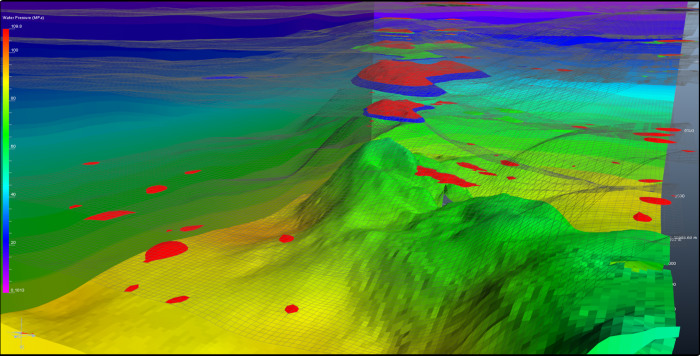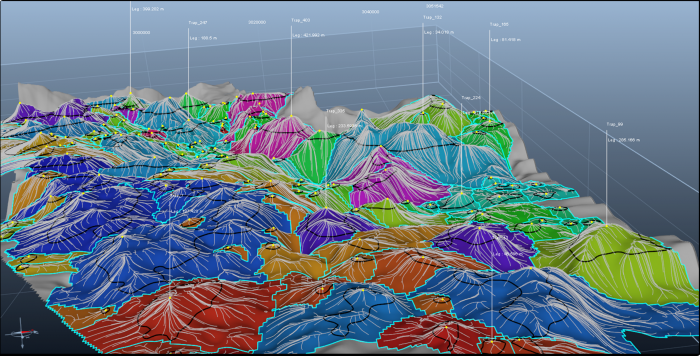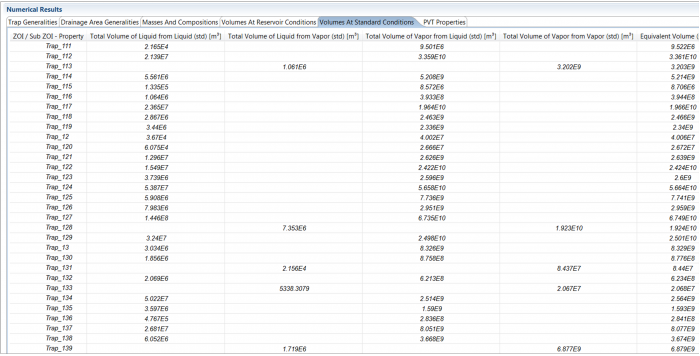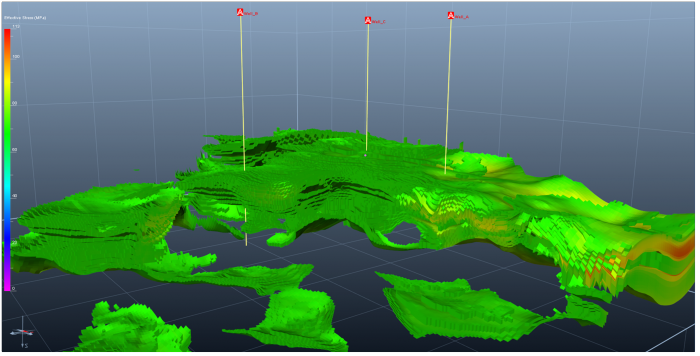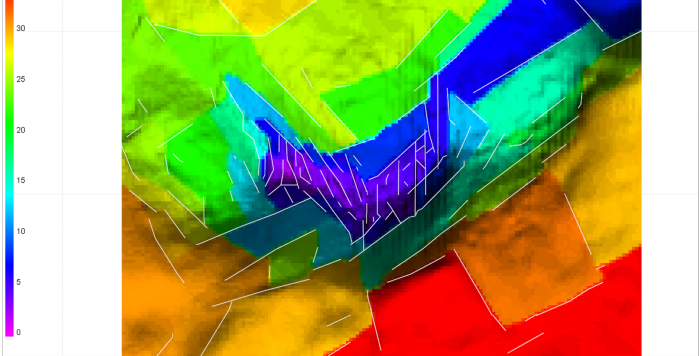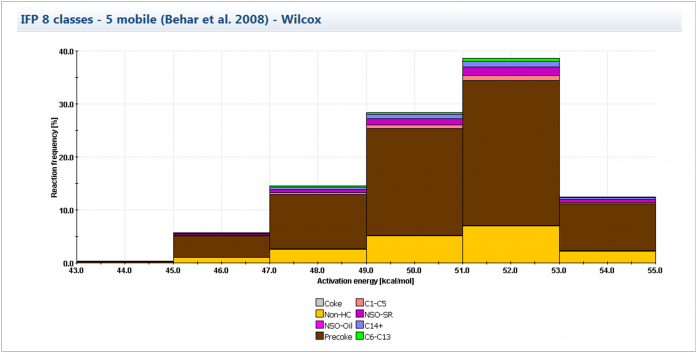TemisFlow
Basin modeling techniques are now the core of basin evaluation processes in many O&G companies. By integrating diverse geological, geochemical and engineering data in a consistent framework, TemisFlow® dynamically simulates the evolution of a sedimentary basin through geological time, assessing generation, migration, trapping and accumulation processes, contributing thoroughly to play and prospect assessment. By predicting accumulated volumes in reservoir formations as well as the quality of trapped hydrocarbons through rigorous compositional modeling, TemisFlow® is the ultimate solution for subsurface exploration teams to achieve prospect delineation and ranking.
While meeting the continuous demand for higher performance, TemisFlow® may be successfully applied in a wide range of challenging settings, including but not limited to:
- Tectonically complex settings with salt and/or faults
- Severely overpressured or chemically compacted formations
- High-pressure/high-temperature reservoirs
- Thermogenic and/or biogenic hydrocarbon system
- Biodegraded reservoirs
- Unconventional resources
- Coalbed methane and heavy oil prone formations
- Intrusions (including salt, mud and thermal
- Stratigraphic trapping
- Strong hydrodynamism (including flushing and OWC tilting)
Connected to CougarFlow® for sensitivity and risk analysis, TemisFlow® workflows go beyond best and worst case scenarios with probabilistic results capturing all model uncertainties, from its structural definition and evolution to its facies information, properties or boundary conditions. This unmatched capability allows for a better quantification of uncertainties and associated risks.
In addition to its proficiency in hydrocarbon assessment, TemisFlow® has expanded its capabilities to address emerging energy needs. Through its robust modeling of deep hydrothermal processes, TemisFlow® helps quantifying available geothermal energy for decision-making in the deployment of power stations. It also now enables the exploration of basins’ potential for natural hydrogen by leveraging its capabilities for the modeling of hydrogen sources, migration and trapping. Finally, TemisFlow® features dedicated functionalities to de-risk saline aquifers for CO2 storage. Through advanced workflows, the software assists in identifying suitable locations for CO2 storage, ensuring a secure, effective and sustainable sequestration.
-
Fully quantitative hydrocarbon play & prospect assessment
-
Thermogenic, biogenic, unconventional resources appraisal
-
Best-in-class pore pressure prediction
-
Applicable to geothermal and natural hydrogene exploration, CO2 storage site screening
-
Unmatched uncertainty and risk analysis workflows
-
Parallel computing for leveraging multi-core and cluster hardware




